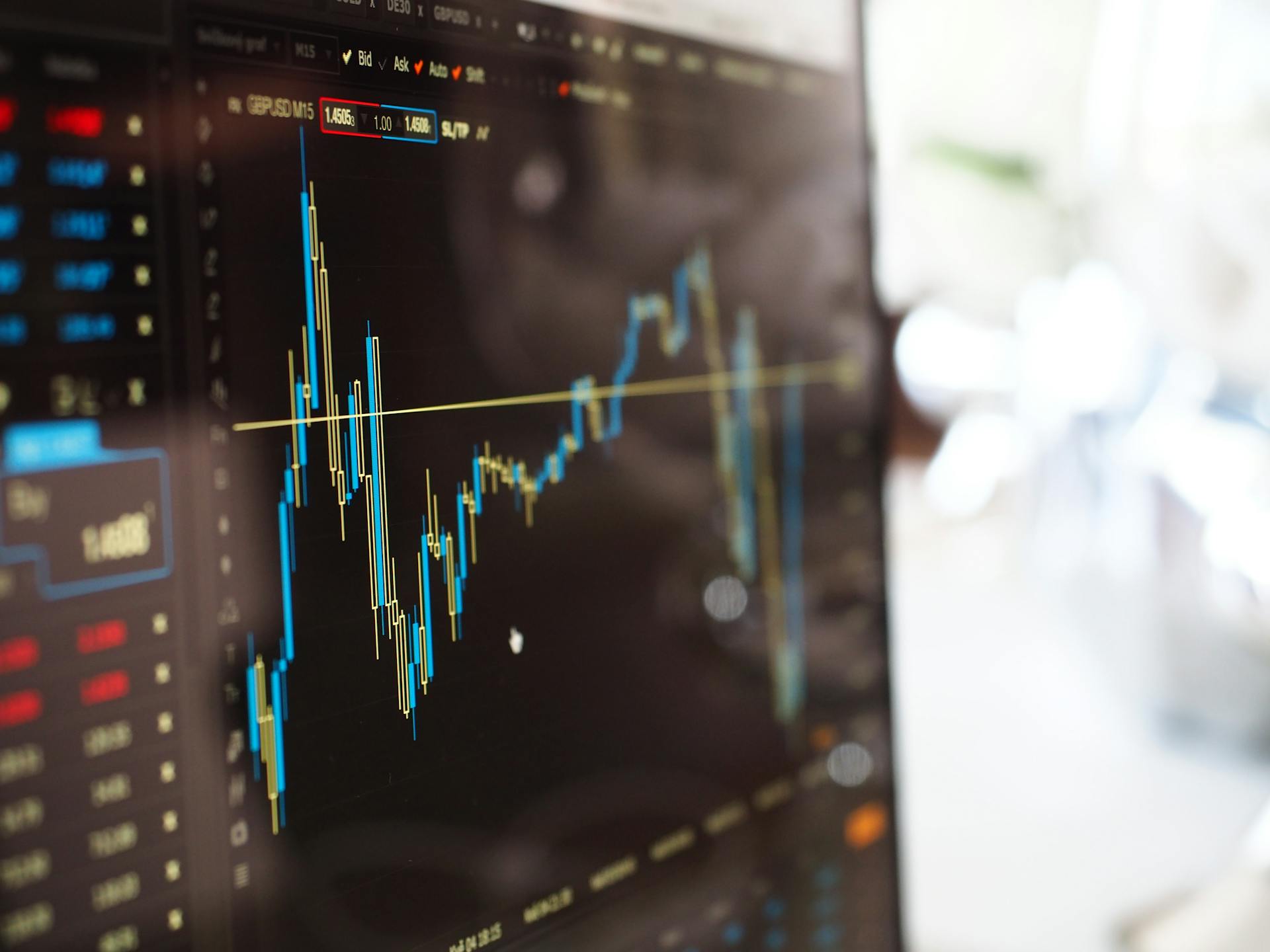While I think we are not currently in a recession, there is real concern of the real gross domestic product (GDP) turning negative for the first quarter (Q1). Consider the below Key Economic Indicators , as well as some of the factors that may mitigate these concerns over time. (Keep in mind that we plan for situations like this.)
KEY ECONOMIC INDICATORS
- Construction & Auto Sales: Construction spending figures and auto sales data for February suggest some softness in key consumer sectors. Both total and domestic car/truck sales fell slightly short of expectations, which could point to caution among consumers and businesses.
- Factory Orders & Consumer Credit: Factory orders declined in January, diverging from positive consensus expectations. January consumer credit numbers showed significant variability, further showing uncertainties in consumer financial behavior.
- Labor Market Trends: The labor market presents a mixed picture. Although non-farm and private payrolls did not fall dramatically and the unemployment rate held steady at 4.0%, there was a noticeable jump in initial unemployment claims (rising to 242,000 from 213,000 year-over-year). This increase may hint at early signs of private-sector layoffs, though wage growth and stable weekly hours suggest labor fundamentals remain somewhat intact.
- Import Surge: A substantial surge in imports during January—especially in industrial supplies—has a notable effect on GDP calculations. Since GDP is computed by subtracting imports from total spending, a spike in imports directly depresses the domestic production figure.
- Atlanta Fed’s GDP Now: This model corroborates the outlook, tracking a projected Q1 decline of around -2.8%. However, this drop is largely driven by temporary factors rather than a broad-based economic collapse.
ADDITIONAL FACTORS & CONTEXT
- Sector-Specific Weakness:
- Retail sales fell by 0.9% in January.
- Housing starts dropped sharply by 9.8% and existing home sales declined by 4.9%, with pending sales also trending downward.
- Manufacturing production and shipments of capital goods (excluding aircraft and national defense) also contracted.
- Weather & External Influences: Some of the soft performance in retail and housing could be attributed to unusually cold weather and California fires. Such temporary conditions may have a short-term dampening effect.
- Tariff-Related Import Behavior: The surge in imports appears to be driven partly by companies pre-emptively importing goods to avoid upcoming tariff increases proposed by the Trump administration. This “front-running” may be a temporary phenomenon, suggesting that if import levels normalize, the negative GDP impact might be reversed in the second quarter.
- Government Spending Cuts: Efforts to reduce government spending could create short-term economic pain. Although these measures may be beneficial for long-term growth by reducing dependency on government redistribution, they could strain consumers and businesses in the near term.
CONCLUSION & OUTLOOK
- Recession Not Yet Confirmed: While a negative Q1 GDP growth report is concerning, it does not definitively signal that the U.S. is in a recession. The economic data is volatile and easily influenced by other factors.
- Future Monitoring Required: With headwinds from declining retail and housing activity, alongside a temporary import surge and potential policy-driven spending cuts, the economic outlook remains uncertain.
- Balanced Perspective: Clients are encouraged to view the anticipated negative GDP growth as a cautionary signal rather than a definitive recession indicator. The mixed data and temporary factors suggest that while economic challenges exist, a rebound could occur if conditions normalize in the coming months.
WHAT DOES THIS MEAN FOR MY PORTFOLIO?
While it is interesting to note the above GDP and recessionary concerns, for many of you, it should not affect your financial and investment plan. This is part of the ebb and flow of the markets. We plan for situations like this and are constantly talking about timeframes for income as it slowly approaches reality. Never give in to the Fear-Greed cycle of investing that the media constantly sells. It is a loser’s game.




